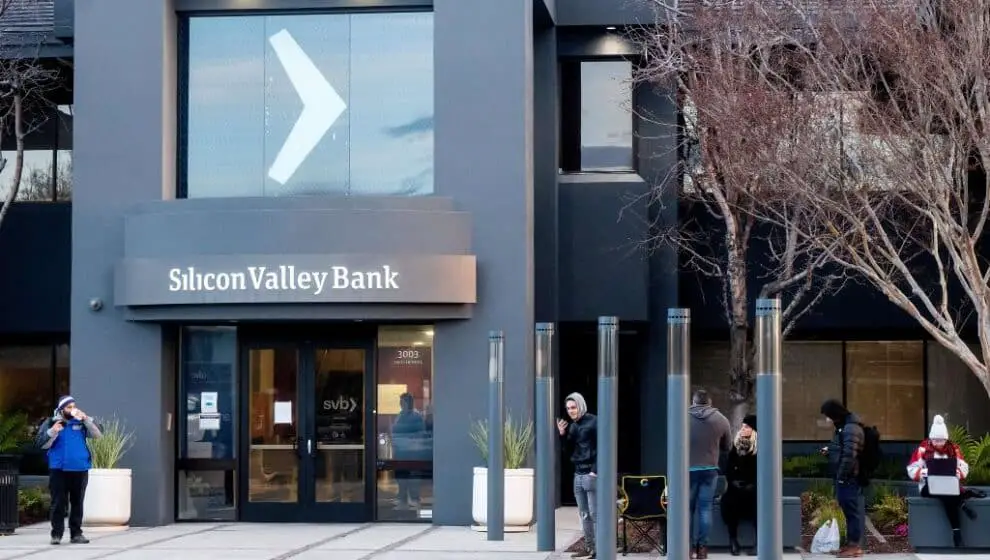The collapse of Silicon Valley Bank Financial Group (SVB) has resulted in the most significant banking crisis since 2008—and the government is stepping in to reassure users that they’re safe.
Key Details
- The Federal Reserve has reassured users that it is extending a special lending program to insure banks against ongoing bank runs, which it believes will calm the markets on Monday and bring down tensions.
- Lending companies can borrow cash from the Fed to halt a short-term liquidity crisis instead of being forced to sell off assets for revenue by posting securities as collateral.
- All user funds are insured, including accounts with holdings exceeding $250,000, although it may take time for some users to gain access to them.
- President Joe Biden spoke on Monday morning, reassuring users that “your deposits will be there when you need them.”
Why It’s Important
Friday saw the second-largest bank collapse in U.S. history with the destruction of SVB. The fallout of the collapse of SVB has proven massive, with the entire banking system being destabilized by the speed of the failure and subsequent bank runs. JP Morgan, Bank of America, Wells Fargo, and Morgan Stanley lost $55 billion in market value.
Several smaller banks, like First Republic Bank and Signature Bank, faced similar shortfalls requiring intervention. Regulators seized Signature Bank on Sunday, marking the third-largest bank failure in U.S. history. First, Republic required funding from the Fed and JPMorgan Chase to bolster its financial health.
The short-term effect of the collapse will still be significant. As Fortune reports, hundreds of smaller companies have money stored as SVP and cannot access it. Champ Bennett owns an AI startup called Capsule, and he says the $5 million he fundraised is not accessible. “What happens next is anyone’s guess, but it doesn’t look good.”
Despite the Fed’s plans to loan money to keep the situation from intensifying, SVB will not be bailed out, and taxpayer money will not pay out the bank’s outstanding obligations, AP reports. Treasury Secretary Janet Yellen ruled out a bailout in a Sunday interview with CBS.
Tweets New York Times DealBook editor Andrew Ross Sorkin: “It is a bailout. Not like 2008. But it is a bailout of the venture-capital community + their portfolio companies … It is the right thing to do in the moment, but there will be ramifications.”
Notable Quotes
“This step will ensure that the U.S. banking system continues to perform its vital roles of protecting deposits and providing access to credit to households and businesses in a manner that promotes strong and sustainable economic growth,” says the Treasury Department, Federal Reserve, and FDIC in a joint statement.
“Monday will surely be a stressful day for many in the regional banking sector, but today’s action dramatically reduces the risk of further contagion,” says a research note from investment bank Jefferies.
